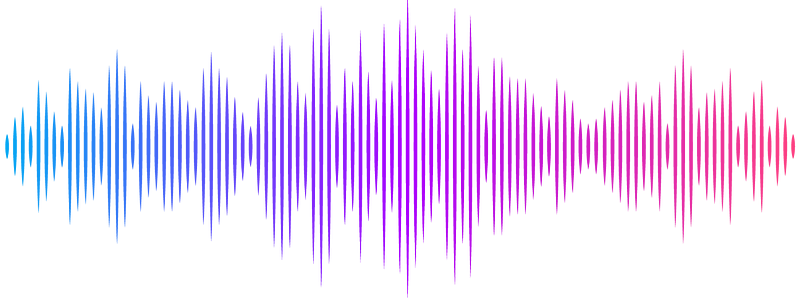Oxytocin may reduce the accumulation and effects of chronic stress: An exploratory study using hair samples

Oxytocin may reduce the accumulation and effects of chronic stress: An exploratory study using hair samples
Ochi, G.; Ohara, N.; Kameo, H.
AbstractObjective: This study examined the relationship between hair cortisol concentration (HCC) and hair oxytocin concentration (HOC) and the effects of both hormones on training load and mental health indicators. Methods: Hair samples were collected from 22 female university soccer players, and psychological assessments were conducted in February and March 2024. Cortisol and oxytocin levels were extracted and measured from the hair, and their associations with mood states [measured using the Profile of Mood States 2nd Edition (POMS2)], psychological distress [measured using the Kessler Psychological Distress Scale-6 (K6)], and self-reported training loads were analyzed. Results: Training load and POMS fatigue levels increased significantly from February to March (t = -4.91, P < 0.001, d = 1.52; t = -4.74, P < 0.001, d = 1.01, respectively), but no significant changes were observed in HCC and HOC. HOC significantly moderated the relationship between training load and HCC, with a strong positive correlation between training load and HCC observed in players with moderate HOC levels. Additionally, at the second measurement point, a significant negative correlation was observed between HCC and K6 scores, with HOC significantly moderating this relationship. A significant negative correlation was confirmed between changes in POMS vigor and HCC. Conclusion: Combined measurement of HCC and HOC is useful in assessing chronic stress in female soccer players. HOC plays an important role in moderating the relationship between HCC and training load, and mental health indicators. An approach that considers the interactions between these hormones may help prevent overtraining and maintain optimal conditioning.